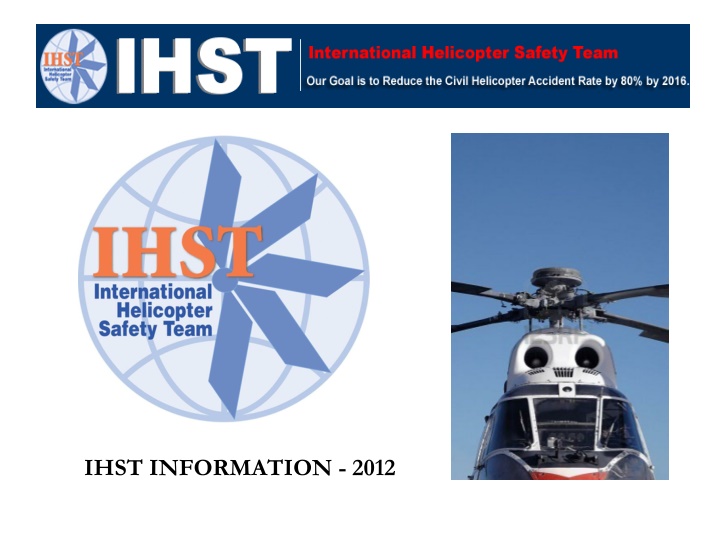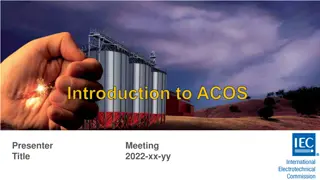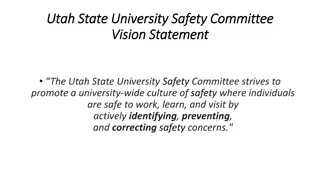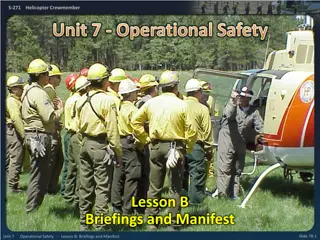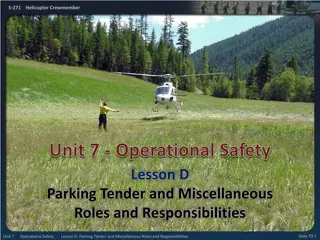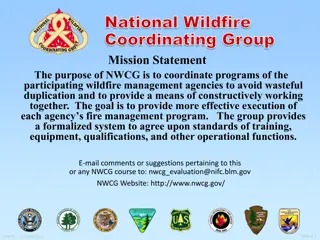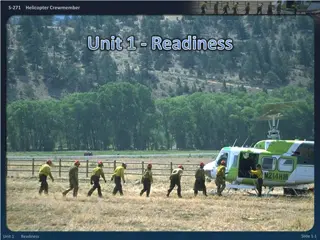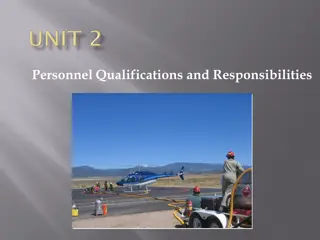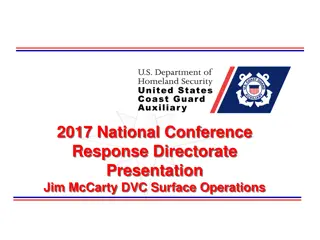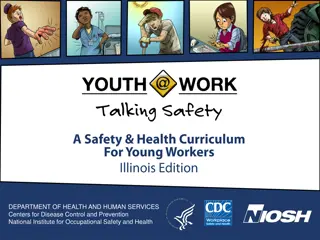Enhancing Helicopter Safety Through IHST Initiatives
The International Helicopter Safety Team (IHST) is dedicated to reducing global helicopter accident rates through collaborative efforts between government and industry stakeholders. By analyzing data and developing safety toolkits, IHST aims to achieve an 80% reduction in accidents by 2016. Key focus areas include mission types, activities, and operational statistics, with recommendations for enhancing safety culture through Safety Management Systems and specialized training.
Download Presentation

Please find below an Image/Link to download the presentation.
The content on the website is provided AS IS for your information and personal use only. It may not be sold, licensed, or shared on other websites without obtaining consent from the author.If you encounter any issues during the download, it is possible that the publisher has removed the file from their server.
You are allowed to download the files provided on this website for personal or commercial use, subject to the condition that they are used lawfully. All files are the property of their respective owners.
The content on the website is provided AS IS for your information and personal use only. It may not be sold, licensed, or shared on other websites without obtaining consent from the author.
E N D
Presentation Transcript
IHST Background The International Helicopter Safety Team (IHST) was formed in 2006 to lead a government and industry cooperative effort to address an unacceptable worldwide accident rate. The IHST includes major industry participation and has established international partnerships in nearly 30 countries with significant helicopter operations. The partnership has analyzed accident data and created numerous toolkits aimed at improving the industry s safety culture. The IHST mission is to reduce the international civil helicopter accident rate by 80 percent by 2016. More information about the IHST, its reports, and its safety tools can be obtained at its web site at www.IHST.org.
Helicopter Accidents by Mission Type Analyzing 523 accidents from three years of data (2000, 2001, and 2006), the IHST has verified that these mission types have the highest percentage of accidents in the U.S. mission type share of accidents 1. 2. 3. 4. 5. Personal/Private Instructional/Training Aerial Application Emergency Medical Services 7.6 percent Commercial 18.5 percent 17.6 percent 10.3 percent 7.5 percent
Helicopter Accidents by Activity Analyzing 523 accidents from three years of data (2000, 2001, and 2006), the IHST has verified that these activities have the highest percentage of accidents in the U.S. activity share of accidents 1. 2. 3. 4. 5. Instructional/Training Positioning/RTB Personal/Private Passenger/Cargo Aerial Application 22.8 percent 13.2 percent 12.4 percent 9.8 percent 9.0 percent
An Accurate Understanding of the World s Helicopter Operation (CY 2011) Europe 1.5 mil. flt hrs 6.0 accdt rate World N. Asia America 4.86 mil. flt hrs 5.2 accdt rate 563,000 flt hrs 9.5 accdt rate 8.25 million flt hrs 6.5 Accidents per 100K flts hrs Africa 321,000 flt hrs 3.5 accdt rate S. America 418,000 flt hrs 13.2 accdt rate Oceania 580,000 flt hrs 15.7 accdt rate
Developing a New Safety Culture IHST recommendations that operators, pilots, instructors, and mechanics can follow to enhance safety and reduce accidents. Safety Management System Develop and provide a just culture environment. Integrate a Safety Management System into the operation. Develop objective risk assessment within the operation. Training Sustain initial and recurrent training for flight & maintenance crews. Provide specialized training in Aeronautical Decision Making. Provide frequent simulator training. Maintenance Insist on strict adherence to required maintenance processes and procedures. Advance Systems Equip helicopters with economical flight data monitoring technology.
Safety Management Systems SMS is not scary. Implementing a safety management system (SMS) represents a fundamental shift in the way an organization does business. Safety management systems require organizations to adopt and actively manage safety elements and to incorporate them into everyday business practices. In effect, safety becomes an integral part of the everyday operations of an organization and is no longer considered an adjunct function belonging to a single safety overseer. Everyone in the operation is responsible to discover, analyze and correct safety practices, which spreads responsibility throughout an organization. IHST tools that support a safety management system include an SMS toolkit and video, a risk assessment matrix, and a preflight risk assessment tool.
8 IHST SAFETY TOOLKITS SMS 1st Edition Edition 2 Also available in Portuguese Also available in Russian Translation of Toolkits in Progress Edition 2 Bell Helicopter Translating all Toolkits into Spanish, with more to come.
WWW.IHST.ORG IHST ON FACEBOOK IHST ON TWITTER We encourage you to add the www.ihst.org link to your company website 9
